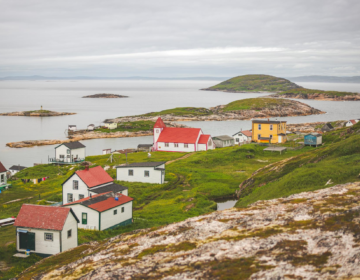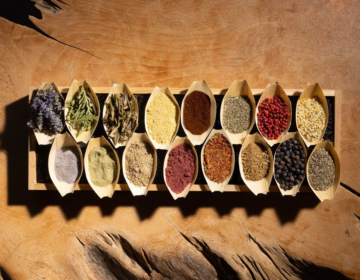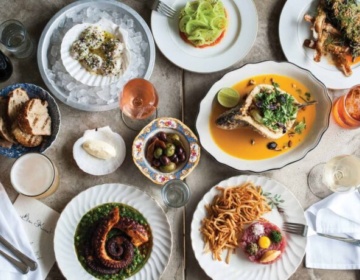Fogo Island Inn, located on a remote island off the northeast coast of Newfoundland, offers breathtaking views of the wild and powerful North Atlantic Ocean. Wondering when to visit Fogo Island Inn? Any of the seven seasons will do!
Wait -- seven? Aren’t there four seasons - winter, spring, summer and fall? Well, it’s not that simple. Fogo Islanders agree that the concept of seven seasons better reflects the changes in the winds and weather, but also the changes in their lifestyle throughout the calendar year.
Today, we’re exploring the seven distinct seasons that make up the year at Fogo Island Inn, so you can time your next visit to coincide with the one that intrigues you most. Let’s get started!
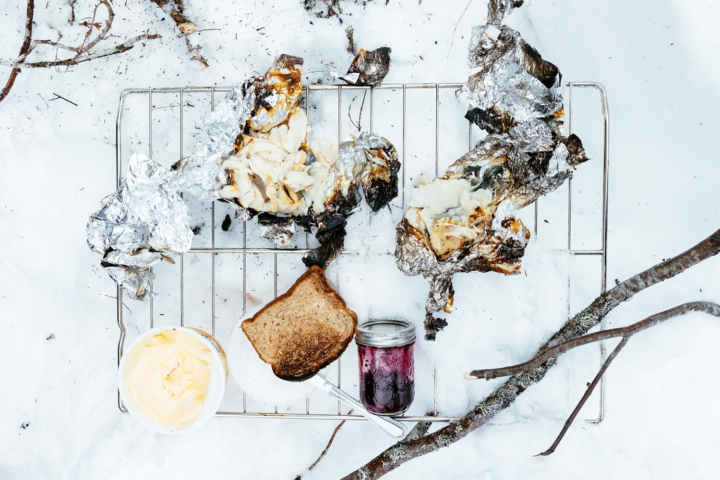
Winter - December 1 - February 28
At first glance, the winter pace on Fogo Island appears to be slow, calm, and collected. Locals busy themselves indoors with making, fixing, and organizing. But a trip into Fogo Island’s interior finds a far more lively speed as local people retreat to cabins alongside frozen ponds for exuberant days spent snowmobiling, skating, snowshoeing, and tobogganing. As caribou wander by in the distance, folks light the woodstove or an outdoor bonfire to cook up a crowd-pleasing jiggs dinner of salt meat and pease pudding.
In Winter, Fogo Island Inn celebrates the year’s bounty through bottled, pickled, infused, fermented, and powdered ingredients, all made in house.
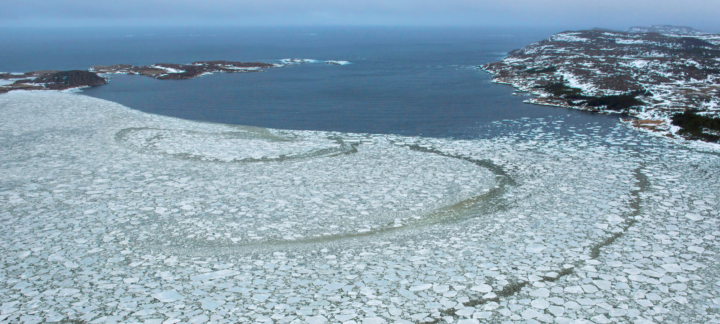
Pack Ice - March 1 – March 31
Fogo Island is perched in the powerful Labrador Current, which brings multi-year pack ice to the Island’s shores beginning around “the long hungry month” of March. At this time of year, everyone is eager for fishing, gardening and berry picking to begin again.
During Pack Ice season, locals appreciate the rich-yolked eggs laid by free-range island hens, quails and ducks more than ever. Salt meat comes into its own, and a local diver brings us mussels and sea urchins—firm-fleshed and super fresh, thanks to the fast-moving and chilly waters of the Labrador Current. Fishers clean, mend and ready their boats and gear for spring.
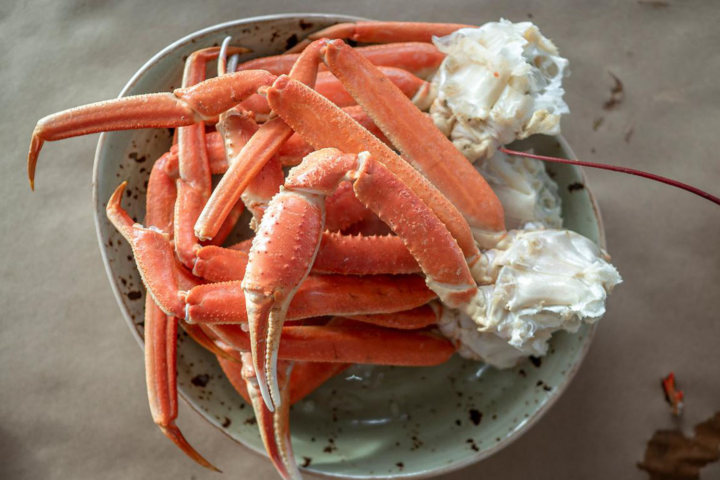
Spring - April 1 - May 15
Receding ocean ice, thawing ponds, and sprouting flora bring a welcome breath of fresh air to Fogo Island’s Spring Season. Spring is an ideal time to stretch your legs and venture outdoors for a hike, walk, or amble as footpaths open up.
During Spring season sweet and firm-fleshed snow crab, tiny delicate pink Northern shrimp, and whelks—succulent sea snails—are harvested. Foraging picks up again in April, and the first edible plants of the year are especially vibrant and nutrient rich. You’ll find sorel, hops shoots, spruce tips, dandelions, nettle, and sweet gale on your plate, often as a garnish or in a salad. Blush stalks of rhubarb herald the gardening season.
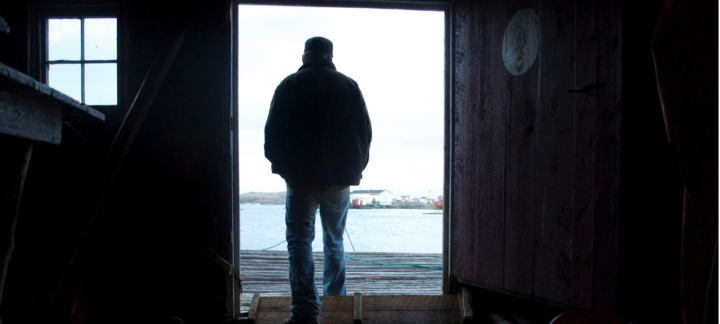
Trap Berth - May 16 - June 30
Trap Berth Season belongs neither to spring nor to summer and runs May 16 through to June 30. Historically, markers for cod trap fishing berths were dropped on June 1st at 12:00 pm each year. If there was ever a dispute about trap berth locations, lots were drawn by the local Justice of the Peace for the preferred berth locations.
The short trap berth season is characterized by long, warm days dotted with blooming wildflowers on land and passing icebergs and whales offshore. Farmers begin feeding up their piglets and preparing the soil in their gardens, which they enrich naturally with seaweed, tiny silver fish called capelin and crushed shells. Now is the time to set potatoes in their rows. Tilting’s sheep farmers prepare to take ewes and their offspring out on a small boat to nearby Pigeon and Little Fogo Islands, to graze in peace until fall.
Along the shoreline, foragers harvest succulent oyster leaf, briny sea rocket, and parsley-like lovage, as well as stinging nettle, known for its detoxifying properties.
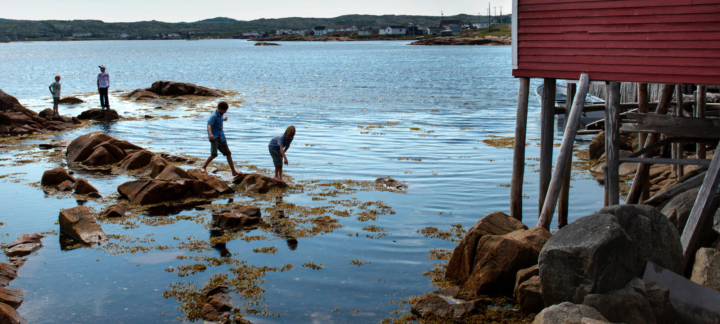
Summer - July 1 – August 31
Newfoundland is hardly the barren, ice-covered mass of rock that many imagine; summer finds grassy hills decorated with plentiful wildflowers including Newfoundland’s provincial flower, the stunning pitcher plant. If you’re vigilant, you may even find yourself a patch of ripe bakeapples (also known as cloudberries) to carefully pick and sprinkle on top of some vanilla ice cream from Growler’s in Joe Batt’s Arm.
The northern growing season starts and ends a little later than in the south, so you’ll start seeing the first island-farmed vegetables—onion tops, new potatoes, greens, beets, and fennel—in summer. The wild berry patch also cycles through its earliest offerings: bakeapples, raspberries, strawberries, blackcurrants, and blueberries. Iced desserts bursting with ripe berry flavours are perfect for warmer days.
In addition to the wild edible plants that began last season, you’ll also see fireweed, which is used in fresh, dried and powdered forms. Chanterelles and hedgehog mushrooms appear in the forests and, by default, Fogo Island Inn’s dishes.
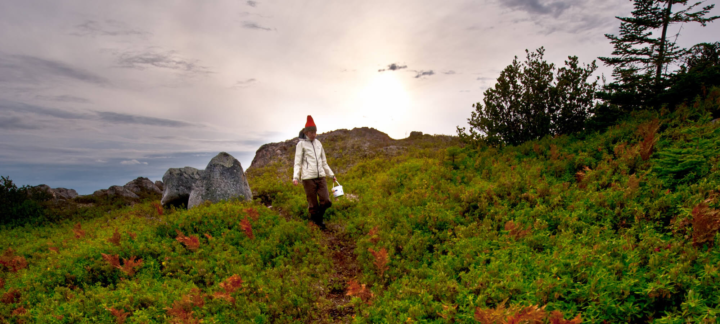
Berry - September 1 - October 15
A favourite among many local people, early fall on Fogo Island is Berry Season. Brilliant sunrises and sunsets fill the skies, the wind is predominantly in the west, and the Island finds itself completely carpeted in dozens of varieties of edible berries. As berries are abundant now, particularly partridgeberries, folks get busy making condiments, jams, jellies and shrubs.
This is the season for foraging porcini mushrooms and hops blossoms, gathering honeycomb, and harvesting cabbage, carrots, squash, corn, and rutabaga—island staples for centuries, which hold the sweetness of summer. Tree fruits become readily available, such as cherries, plums and tart little apples, whose taste is intensified through light salting. Cod fishing is in full swing, so it’s a time to enjoy fresh, smoked or salt cod. The caribou hunt is underway across Newfoundland, providing wild game.
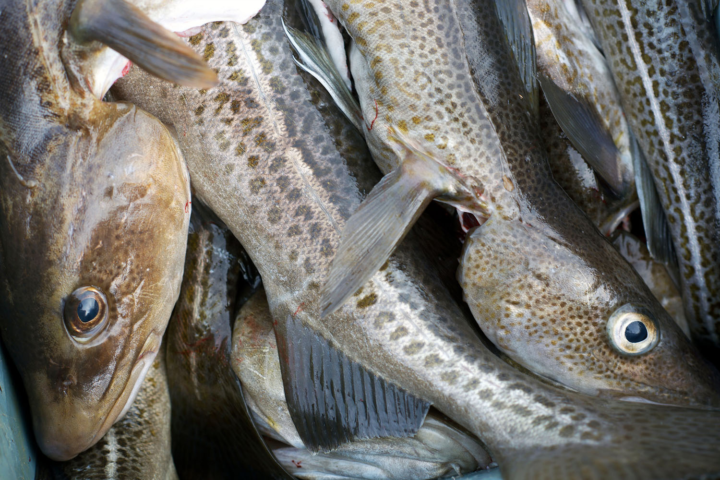
Late Fall - October 16 - November 30
With winter’s first frost on the horizon, Late Fall is a wonderful season to spend sitting and sipping a warm beverage as you watch dramatic waves crash up against the Island’s 420-million-year-old rocks. This is a time of winter preparation, as local people are busy gathering and stacking firewood, and bottling and canning berries and other preserves.
Moose-hunting season arrives, and cooks focus on rich stews and braises as the weather cools down. Saltwater lamb and organic pork are available locally. Farmers pull turnips and parsnips from the soil and ensure the root cellars are stocked for the winter ahead. Dogberries ripen, which are traditionally used in wines and jellies, and folks forage for juniper, the berry that gives gin its heady floral notes, for both culinary applications and cocktails. Mushroom foragers seek out oyster mushrooms—distinctive for their olive colouring.
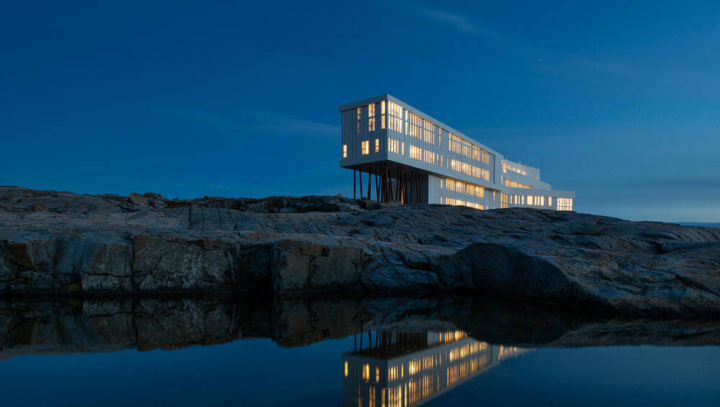
The experience of a lifetime
Ready to start planning an unforgettable visit to this breathtaking Relais & Châteaux property? To learn more or to book your stay, visit the Fogo Island Inn website or follow Fogo Island Inn on Instagram.

